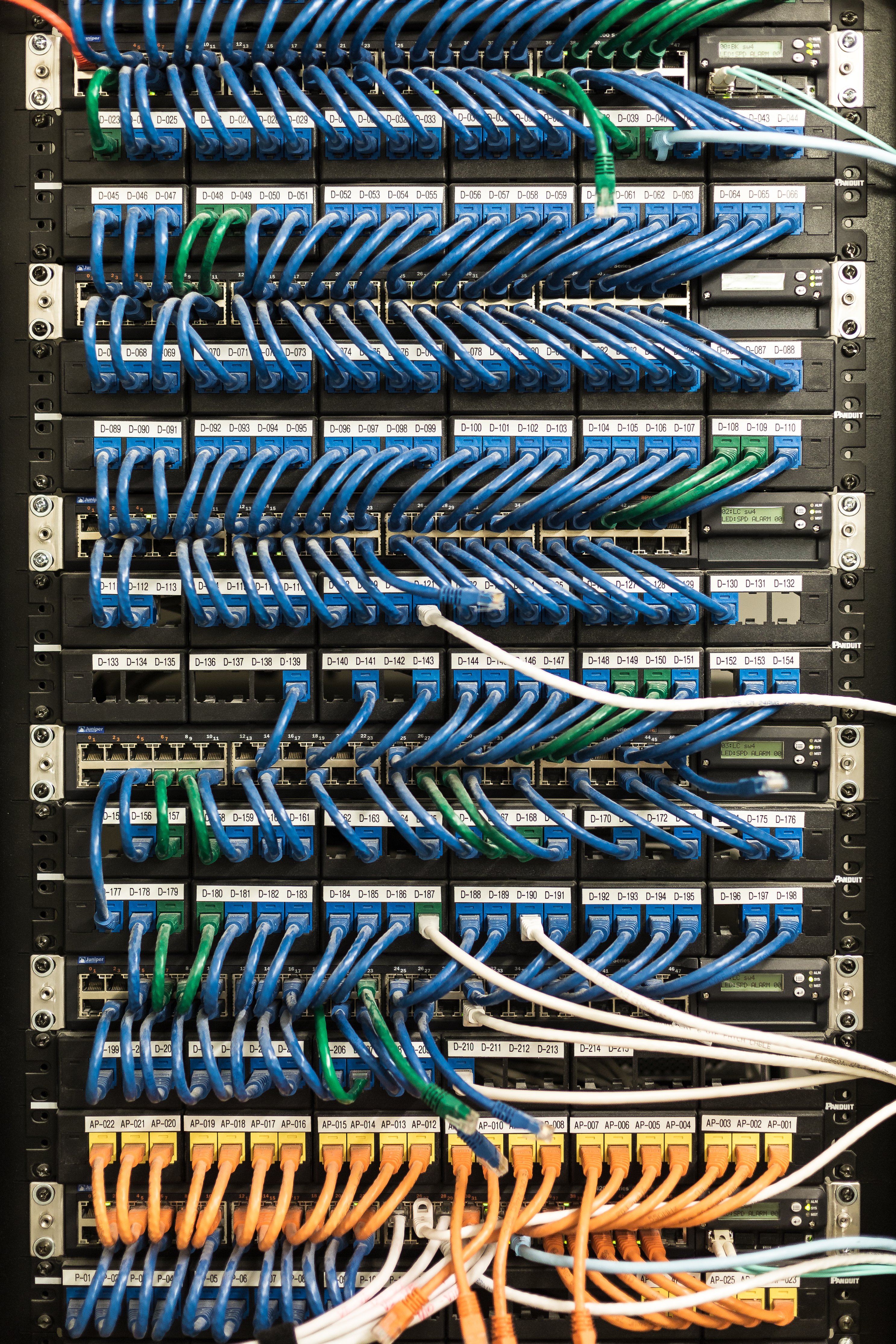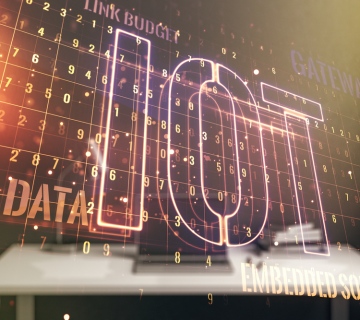The Internet is a global system that consists of computers and interconnected computer networks, which communicate using the TCP / IP protocol. Although the internet was initially intended for simple data exchanges, the internet has now evolved to affect the entire domain of society, such as economics, socialization, information, health services, education, and so on.
Various internet services that are now developing include e-commerce, e-banking, e-government, and e-learning.
1. E-Commerce.
What is e-commerce? E-Commerce is the activity of distributing, selling, purchasing, marketing products (goods and services), by utilizing telecommunications networks such as the internet and computer networks. This e-commerce transaction is no longer a new thing in the present; even its development is relatively rapid. Example of E-commerce are Business to Business E-Commerce (B2B), E-commerce Business to Consumer (B2C), C2C E-commerce (Consumer to Consumer), Consumer to Busines (C2B), and Media or E-commerce Applications
2. E-banking
Electronic banking or E-banking, also known as internet banking, can be defined as bank services and products directly to customers through the internet, interactive communication channels. E-Banking includes a system that allows bank customers, to access accounts, conduct business transactions, or obtain information on bank products and services through private or public networks, including the internet. This application allows users to have control of their account transactions, credit payments, shopping, and so on. The benefit is that it can save time, low cost, and can be accessed anywhere and anytime.
3. E-government
Used to provide the best public access to information or government policies. E-Government stands for government electronics. E-Governments are commonly known as e-gov, digital government, online government or government transformation. E-Government is an application to develop electronic-based governance. A structuring of the management system and work processes within the government by optimizing the use of information and communication technology. E-Government is used to provide information technology by the government to offers information and services for the citizens, business affairs, and other matters relating to the government. E-Government can be applied to the legislature, judiciary, or public administration, to improve internal efficiency, deliver public services, or democratic governance processes, for example:
a. Government-to-Citizen or Government-to-Customer (G2C)
G2C is the delivery of public services and information in one direction by the government to the community, enabling the exchange of information and communication between the community and the government,b. Government-to-Business (G2B)
It is electronic transactions where the government provides various information needed for businesses to transact with the government.
c. Government-to-Government (G2G)
It is possible to communicate and exchange information online between departments or government agencies through integrated databases.
Other services that use the internet are teleworking; various media or communication channels such as electronic mail, instant messaging, VoIP, blogs, podcasts; virtual communities such as social networking, forums, conversation rooms, and others.


